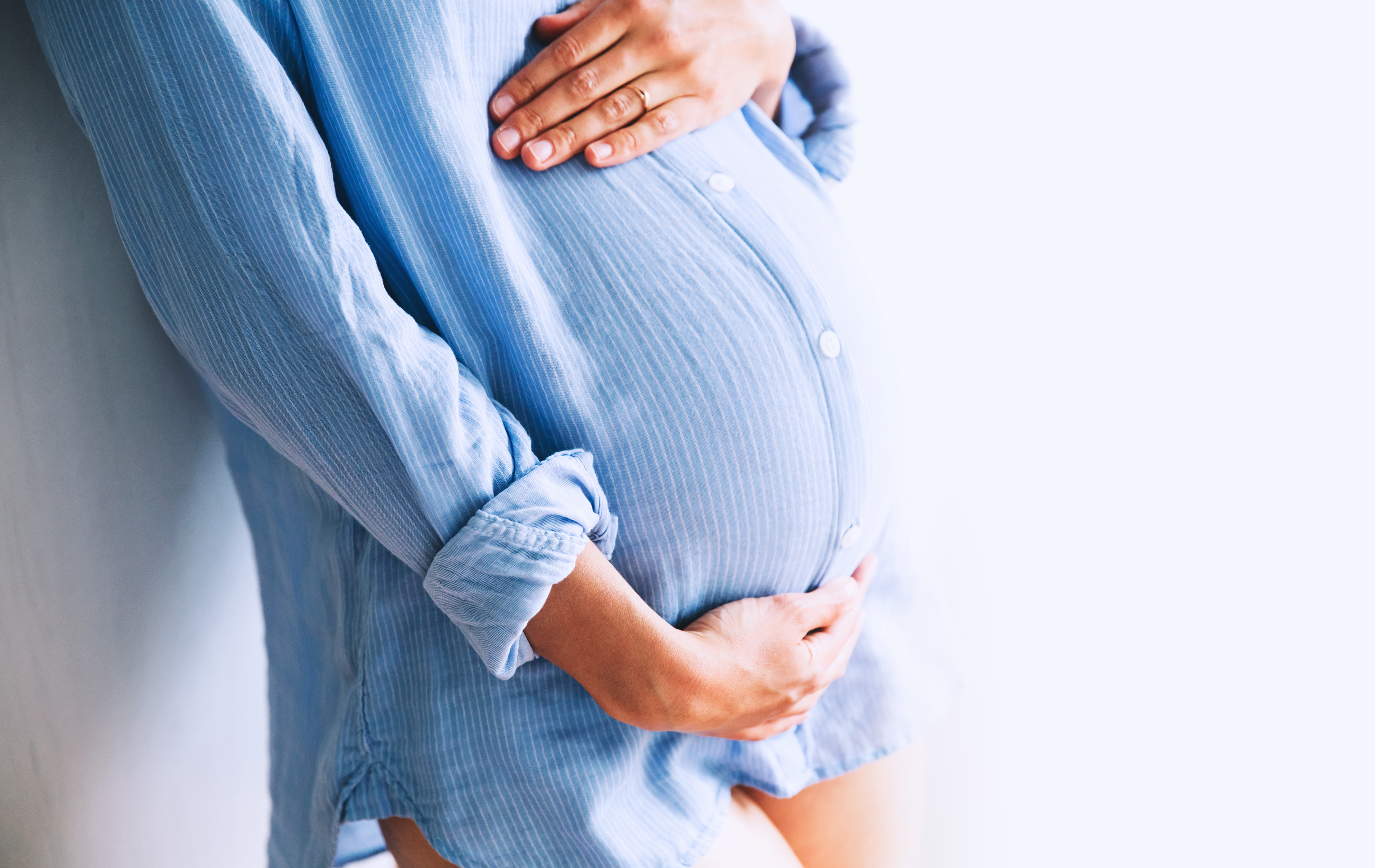

Please note, this document relates only to iron overdose in pregnancy and not therapeutic use of iron supplements. Referral to a perinatal psychiatrist should be considered in all cases of intentional iron overdose.ĭiscussion with UKTIS is recommended for all cases. The absence of maternal toxicity, however, does not exclude the possibility of adverse events and obstetric follow up should be determined on a case-by case basis.Īll episodes of overdose, whether intentional or apparently accidental, should be fully documented in the maternity record. When iron overdose is associated with maternal toxicity, enhanced fetal monitoring may be warranted. Effects on longer term infant neurodevelopment have not been studied and many reports relate to infant outcome shortly after birth.

There are no epidemiological studies reporting on rates of outcomes such as spontaneous abortion, stillbirth, neonatal problems, low birth weight or preterm delivery following maternal iron overdose with or without desferrioxamine treatment in pregnancy, but the limited data available suggest that timely and adequate treatment of maternal toxicity as for the non-pregnant patient mitigates against the risk of these adverse outcomes. For current UK guidelines regarding treatment of iron overdose please refer to TOXBASE. Desferrioxamine, when indicated, should not be withheld on account of the pregnancy. Iron overdose can be fatal, therefore treatment of the mother should be as for the non-pregnant patient.
:max_bytes(150000):strip_icc()/what-is-anemia-in-preterm-infants-2748622_FINAL-5c45518c46e0fb00012e3806.png)
There are currently no published guidelines on the treatment of iron overdose in pregnancy. Maternal toxicity is likely to be a major predictor of fetal outcome. The very limited data from around 20 cases of first trimester iron overdose do not provide any signal of structural teratogenesis but are too limited to perform an accurate assessment of risk of malformation.
High iron danger pregnancy series#
Published data and data collected by UKTIS on iron overdose in pregnancy are limited to case reports and small case series amounting to <100 exposed pregnancies, with the majority of exposures occurring after the first trimester. What constitutes an iron overdose may vary, as for most drugs the risk of toxicity is calculated on a mg/kg bodyweight basis, however for the purpose of this document iron overdose is defined as ingestion of iron in excess of the recommended daily dose, or where maternal symptoms or serum iron concentration indicate toxicity. Iron requirements increase during pregnancy and the use of iron supplements is common, particularly in the second and third trimesters. Iron is an essential mineral and is necessary for the formation of red blood cells.


 0 kommentar(er)
0 kommentar(er)
